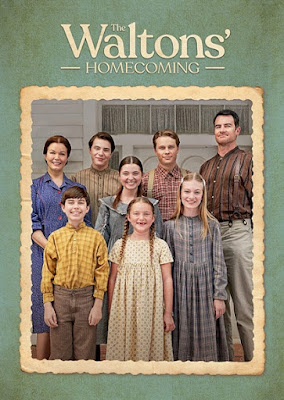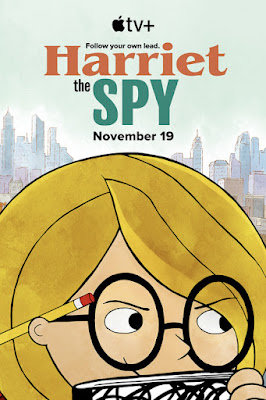Thanks to Biden's cowardly and callous withdrawal from Afghanistan, the history in this film has already repeated itself. Twenty years ago, the rise of the Taliban forced Amin Nawabi (a pseudonym) and his family to seek asylum in the West. Despite promises our country made, thousands of reformist Afghans desperately clung to the randomly scheduled flights leaving the Kabul airport, due to their abject fear of the advancing Taliban. Nawabi’s experiences were nearly as chaotic, but he never discussed them with anyone, until he agreed to participate in Jonas Poher Rasmussen’s animated documentary FLEE, which opens this Friday in New York.
Technically, the misfortunes of Nawabi’s family started under the Soviet occupation, when his father “disappeared,” never to be seen again. Things were even worse when the Taliban came to power. It was an especially dangerous time for Nawabi, who had yet to come to terms with his sexuality. (Even so, several of his family members always knew.) Ironically, the only flights out Kabul went to Russia. It was not exactly a hospitable place for refugees, but at least the corrupt cops were usually cheap enough to bribe with a few rubles.
Indeed, the difference of being stateless in Denmark versus Russia was like day and night. The Scandinavian nation is also a model of tolerance and acceptance compared to either Russia or the Taliban’s Afghanistan. Perhaps that appreciation for the West is why some of the reviews have not been as ecstatic as you would expect for a documentary on the refugee experience.




























